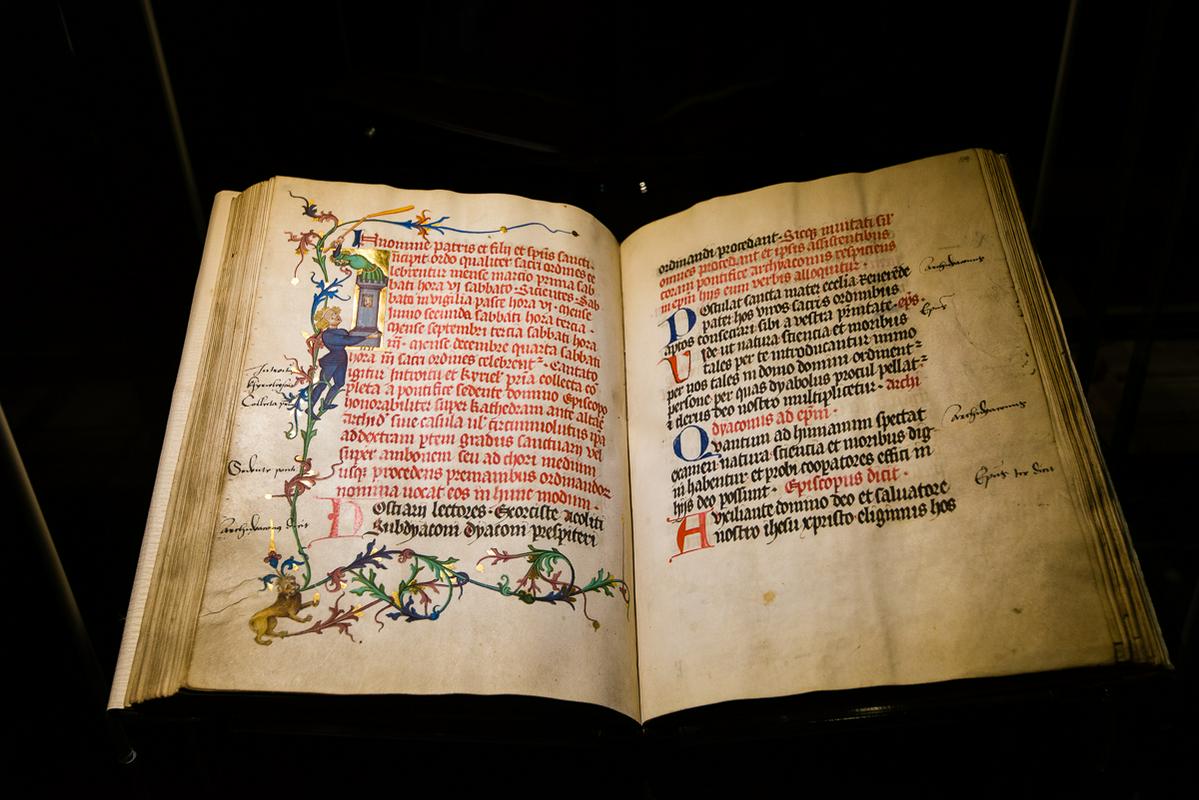
Compared to some of Slovenia’s more famous places of worship, the Church of St. Thomas in the Alpine village of Rateče appears unremarkable at first sight. However, the church’s simple appearance belies its importance. The building happens to be one of the oldest churches in Slovenia, with origins dating back to the early Christian era. It is also the place where one of the most important documents ever written in the Slovenian language was used at mass for centuries.
The Rateče Manuscript, which includes three different prayers, was created around 1380, most likely by a German priest. He transcribed the local vernacular to bring God closer to the people of the area.
It’s not know exactly where the document was created, but it was used in the village church for many generations. After the famed Freising Manuscripts, the Rateče document is the oldest preserved text in the Slovenian language. In fact, two of the prayers are believed to be transcriptions of originals dating back to the 9th century, the dawn of Slovenian as a distinct Slavic language.
The manuscript provides remarkable insight into the local dialect. As expected, it includes characteristics typical of Upper Carniolan and Carinthian, two dialects widely spoken in the area. More surprisingly, however, it also has features from Lower Carniolan, which is spoken is southeastern Slovenia. To linguists, this serves as evidence of migrations within the Slovenian Lands in the late 14th century. It also provides invaluable insight into how the Slovenian language has evolved over the years.
Even though the Rateče Manuscripts are now held in the Austrian town of Klagenfurt, visitors to Rateče can view a reproduction of the document – a text that still serves as a fascinating window into the development of the Slovenian language.

































































